Democracy and Human Rights
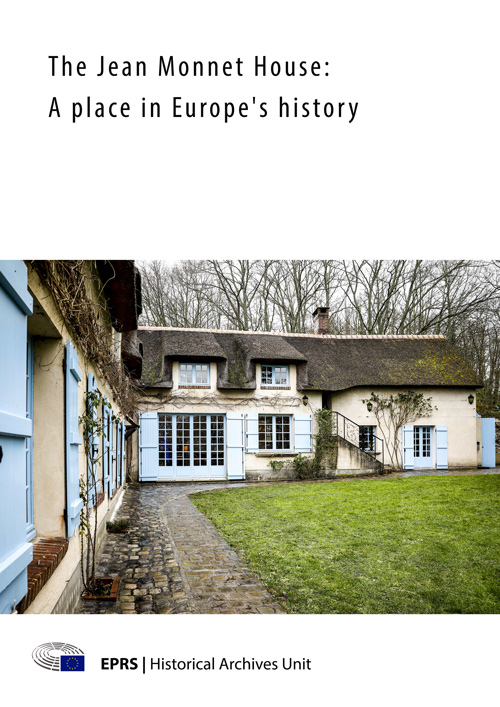
The Jean Monnet House
In this house, Jean Monnet, one of the 'founding fathers' of the European Union, drew up many of the plans which would have a decisive bearing on the future of France and Europe and developed his vision of peace and European unity. In keeping with the wishes of Jean Monnet and his closest colleagues, the European Parliament has made this public place of recollection a venue of choice for people seeking to learn more about the way the European Union works and discover the environment in which one of the architects of today's Europe lived and worked.
This briefing gives a historical overview of the House’s history including its purchase by the European Parliament and explores initiatives that make the Jean Monnet House a living historical site and a source of inspiration for members of the public.
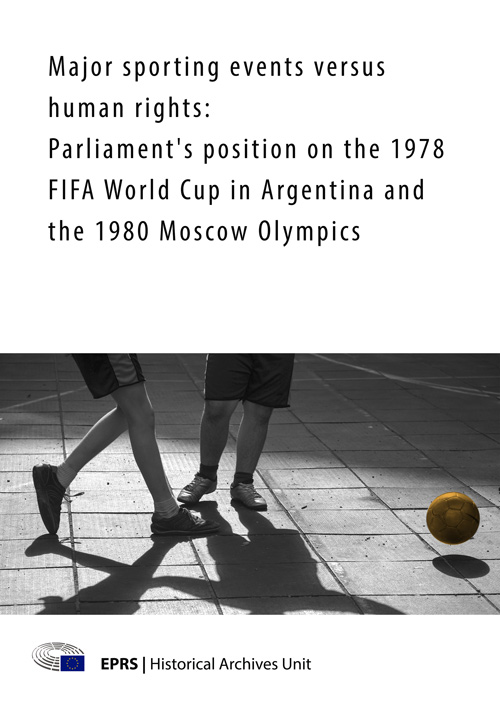
Major sporting events and human rights
Major sports events and politics are closely intertwined. Taking two well-known historical examples, this Briefing explores the European Parliament's involvement in the debates on the political reaction to these major sporting events, a largely unknown aspect of their history. Based on new analysis of sources held in the Parliament's Historical Archives, this Briefing will reconstruct these debates and the policy action that followed, demonstrate that the EP's leitmotiv was the violation of human rights in both countries and show that these debates set the basis for the EP's current policy action when it comes to major sports events in countries with a poor track record of human rights.

Democratic Change in Central and Eastern Europe 1989-90
This study analyses the events that led to democratic change in Central and Eastern Europe from the perspective of the European Parliament as detailed in its historical documents. It traces the discussions and opinions of Parliament over the years regarding the events leading to democratic change in Central and Eastern Europe with special attention to the events around 1989 and Post-communism and Eastern enlargement.
This analysis of the European Parliament’s archival documents demonstrates that the EP has been in the front-row when it comes to debating the events leading to democratic change in Central and Eastern European countries and from the very beginning has taken a clear stance in condemning human rights violations and supported movements towards democratisation.
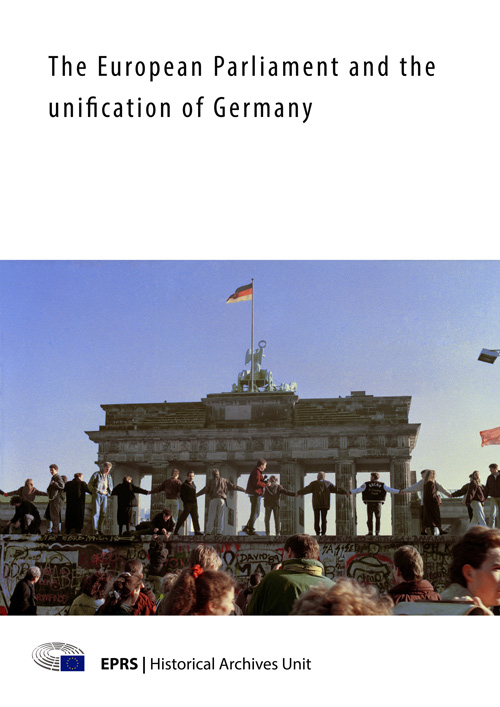
The European Parliament and the unification of Germany
The fall of the Berlin Wall in the night of 9-10 November 1989 symbolised the end of the Cold War and set in motion a chain of events that would forever change the face of Europe. This study presents the political work carried out by the European Parliament with regard to German unification. It analyses the European Community’s reaction to the reappearance of the German question and presents the Parliament’s assessment of the possible repercussions of German unification on the EC, drawn up by the Temporary Committee to consider the impact of the process of German unification on the European Community (temporary/ad hoc committee), which the EP set up for this purpose. It also provides an overview of the make-up, objectives and working methods of this committee.

25 years of the Sakharov Prize
In 2013, the European Parliament celebrated the 25th anniversary of the Sakharov Prize. This book, published to mark this occasion, traces the history of the Sakharov Prize, the nominees and the winners, from its inception to that date. The Sakharov Prize was established in 1988 and is a symbol of Parliament’s commitment to human rights. In awarding the prize each year, Europe pays tribute to individuals and organisations demonstrating a commitment to standing up for the universal values officially recognised by the United Nations. Sakharov Prize winners are often symbols of non-violent struggle against dictatorships or discrimination.
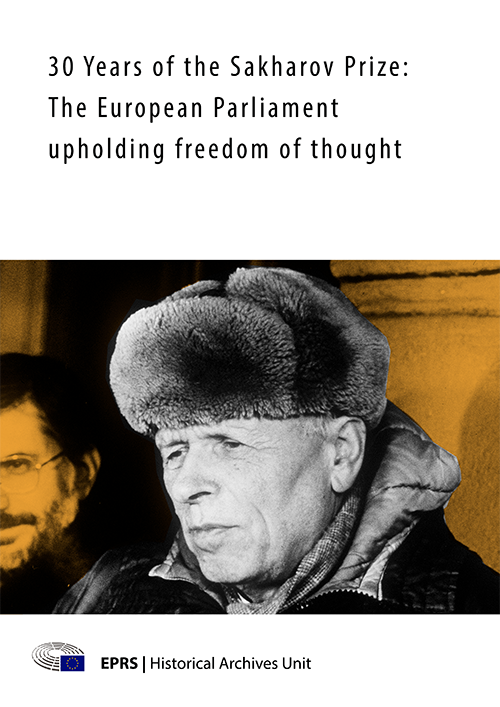
30 Years of the Sakharov Prize
During the first thirty years of the Sakharov Prize, the European Parliament more than 30 individuals and eight organisations were awarded for their outstanding contributions in protecting human rights and promoting democracy. The people who have been awarded this prize come from different continents and countries and represent different professions, from lawyers, journalists, writers, politicians, religious men and women, teachers to artists. What joins recipients of the Prize is that they have seen the urgent need ‘to promote basic human rights, especially freedom of discussion and inquiry, respect for the law, and for international law and conventions and mutual commitments as the foundation of peace among nations' and that they have all been willing to devote their lives to this struggle.
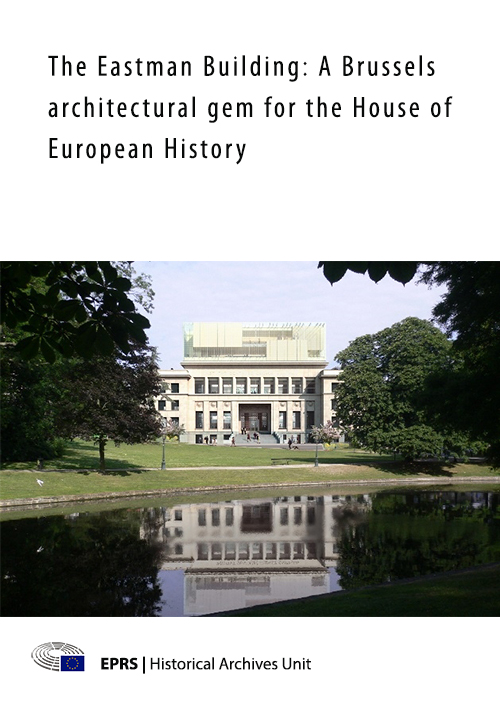
The Eastman Building
This building, situated right beside the European institutions in the heart of the Quartier Léopold, is now home to the House of European History, opening its doors in 2017. It was built in 1935 in Parc Léopold, a centre for science and recreation since the end of the nineteenth century. At various stages it has been the site of a dental clinic set up by George Eastman, the founder of Kodak, a learning establishment and a retirement home. The European Parliament leased the building in 1985 and over the years, it has also been used by other EU bodies such as the European Ombudsman and the European Court of Auditors. In 2009, the European Parliament decided that it should accommodate the House of European History. Its mission today is to present European history over the last two centuries through resolutely modern museography and the Eastman Building is now at the heart of educational efforts and public outreach.